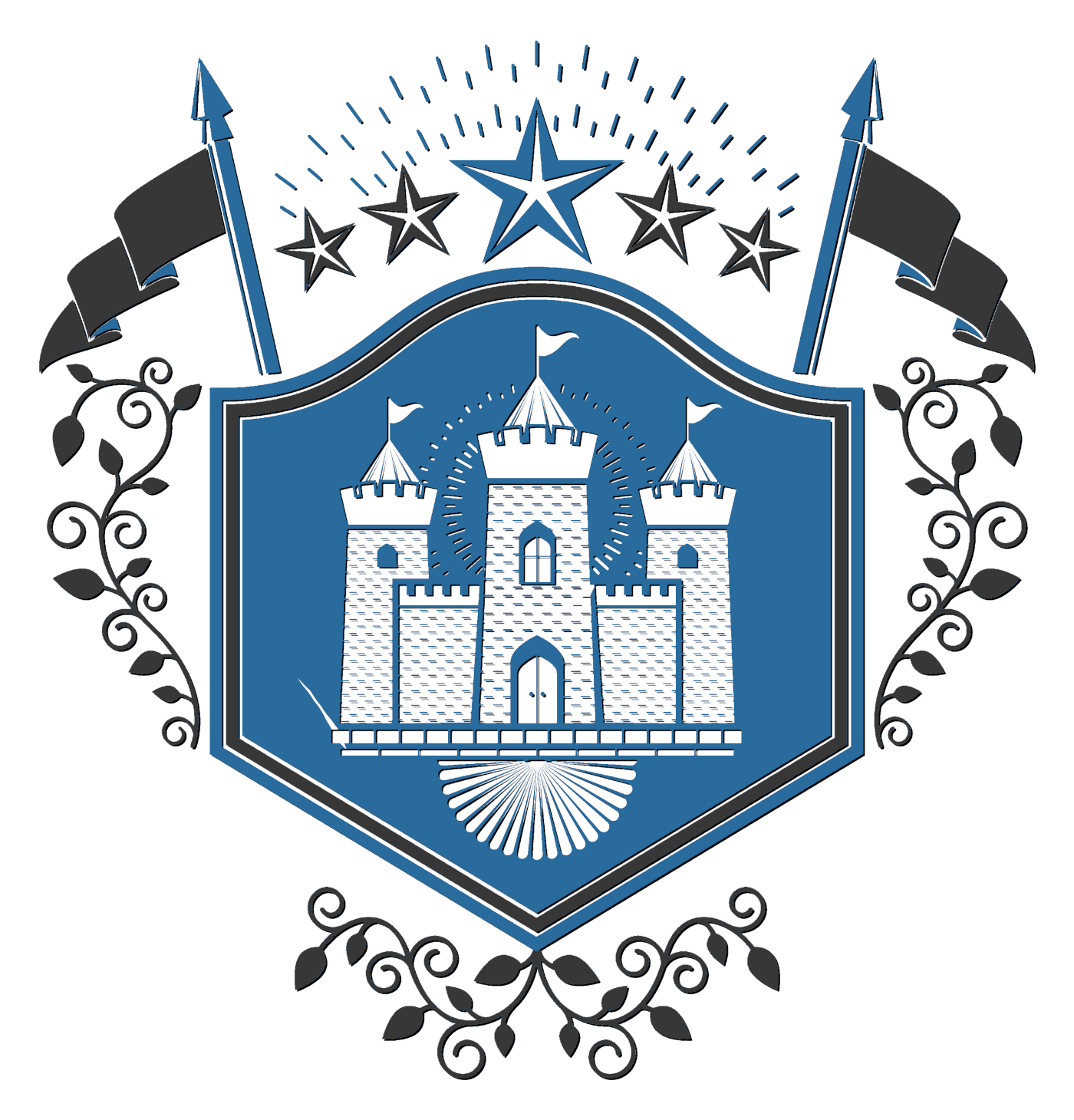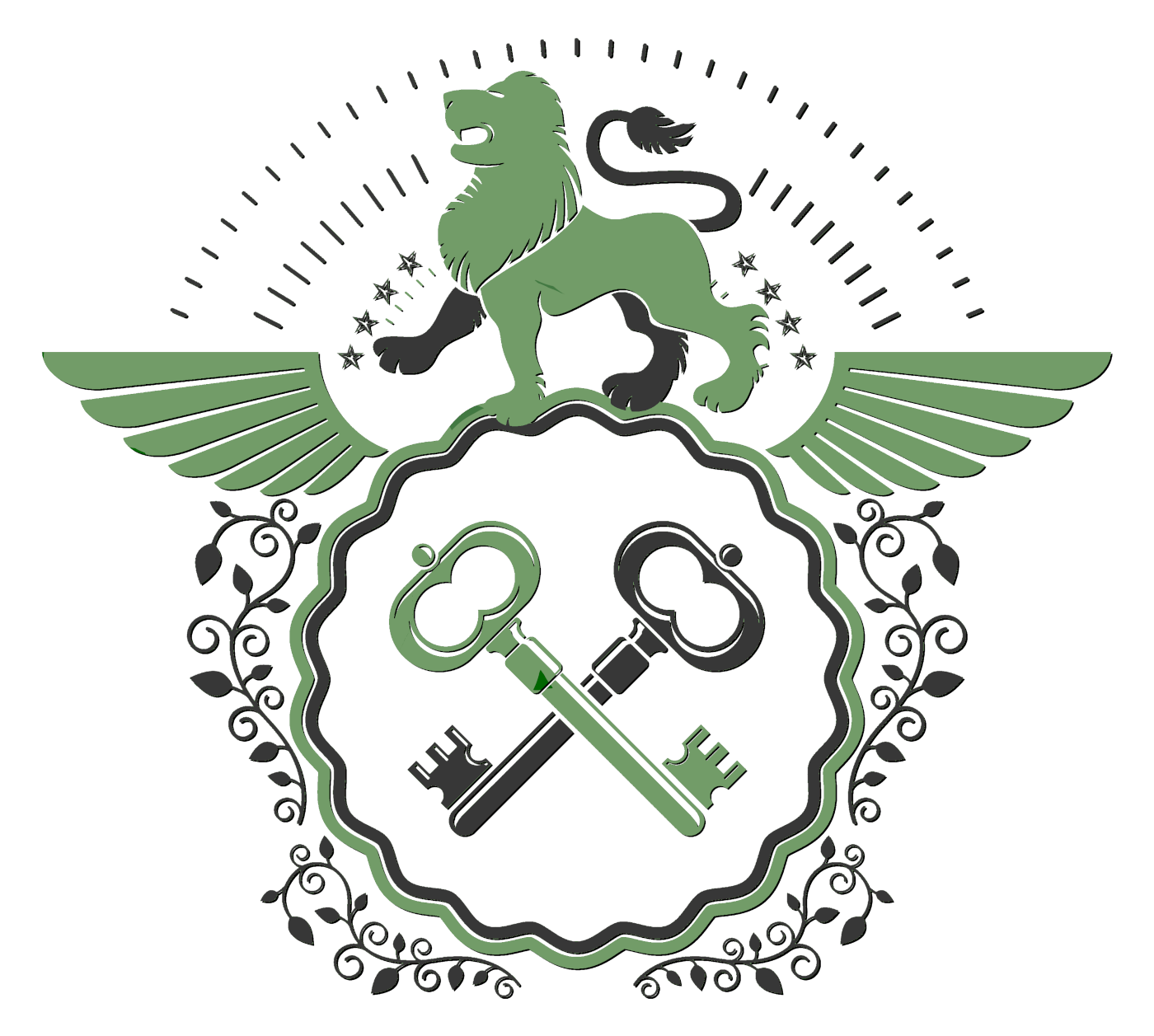I just now realized that I have not posted my updated introductory post. This may clear up some questions, and I hope that it will create many more questions.
Welcome to my sub-forum! You are very welcome.
Iniel is extremely large. It is a very real fictional place. It is where the songs of joy and the songs of torment sound on the same wind, and blood and honey drip into the same brook. The dancer dances the Dance of mirth and of mourning.
Iniel is where the Light shines inwards, and is sung by the Trumpeter: Fyüorn
Iniel is divided into six different sorts of places:
1
The Heavenses:
Each Heavens is a mathematically infinite space. There is an indefinite number of Heavenses, that is, no one knows how many there are.
2
The Surfaces:
In between the Heavenses are surface-worlds, also three-dimensional infinite spaces, but these worlds act like the surface between two things, between water and air for example, magnifying, reflecting, distorting, refracting, and so on.
Stars, Earths, and empty spaces fill the Heavenses and the Surfaces.
3
The Spectrum of Existences:
Both the Heavenses and the Surfaces are a part of the spectrum of Existences. As a rough analogy, if light, gravity, size, shape, kinetic and potential energy were all the visible part of the light spectrum, then the rest of the spectrum of Existences would be the rest of the light spectrum.
To travel through the Spectrum of Existences is to vanish out of a world that can be pictured in the mind.
4
The Shapeshifters Worlds
The Shapeshifters, as you might expect, are the most varied, mysterious, and complicated of the peoples of Iniel. They are also the most ancient Order of Races.
However, all that I must say here is that some races of Shapeshifters can transform into a portal, with a world beyond it, the inner world of the Shapeshifter.
5
The Worlds of the Dead:
Beyond the whole Spectrum of Existences, yet bound up with it in certain ways, are the Worlds of the Dead. There are different sorts of worlds that are of the Dead; the Afterlives of the Immortal, and the Underworld of the Mortals, are the two main categories.
6
The Outside:
Last of all, there is the Outside: Worldlessness; where there is no space, time, change, or thought, but only what is brought into it by those who meet each-other there.
All of these six as one is my Otherworld, and it is called Iniel.
The inhabitable planets, which are called Earths, are divided into at least five different sorts, and there will probably be more sorts later, and sub-sorts.
1
Round-Sunned:
These Earths are, very simply, like our Earth, in the Familiarworld.
2
Virgate-Sunned (rod shaped):
These Earths have suns that are shaped like a rod, which sits in the center of its system like the axis of a top. So the sun is almost parallel to the horizon, but is usually slanted a little. Sunrises and and sunsets are many times shorter than on round-sunned Earths.
Virgate suns are about the same length compared to their width as a spade handle or hoe handle.
3
Disk-Sunned:
Are Earths with disk shaped suns, which (because they are only seen edgewise) appear very similar to virgate suns except that they rise perpendicularly to the horizon. Sunrises and sunsets are, of course, very slow.
There is something else different about these kinds of Earths, but I do not know what it is yet, I only thought of this kind recently.
4
Cone-Sunned:
In these systems the Earth orbits around the cone, which appears as a triangle a little more acute than a right angle, which can point either left or right when you are facing the sunrise.
These Earths are very different in many ways, I will make a thread about them. The most striking difference is the light: it is many times the amount of light on other Earths, but it is no hotter than other Earths, rather it is cooler.
5
Thorn-Sunned:
These have suns that are triangular, but the angle is more acute, it is a thinner triangle. So the sunrises an sunset are short, like on a virgate-sunned Earth.
On these Earths the atmosphere is completely transparent, so the sky is black and full of stars even when the sun is too bright to look at. I will make a thread about these also.
The many different races bearing the Image of God are divided into five Orders.
1
Human:
In the Human Order there is only one race, and it is identical to Adams race. But in Iniel the term human only applies to a man that is not of any of the other races.
2
Superman:
A race of Supermen is a race of men with something added or altered; a Superman means a man beyond man.
As examples of Superman races, there are headless men, men with horses heads, men with wings, men with one spiders eye between their eyes, men with hands that are backwards on their wrists, and so on.
3
Gnome:
A race of Gnomes is a race that can have forms of lesser substance, meaning they could disappear, or be indistinct, or be little more than thought.
Or, instead of having lesser substance, they could have a visible form that disagrees with their tangible form. I have only known George Macdonald to use this: in The Princess and Curdie, Curdie is given the power to tell, by feeling a persons hand, what sort of animal that person is at heart (and which he will eventually become): when he feels their hands he feels part of whatever animal they are tending towards, though their hand does not look any different.
4
Shapeshifter:
A Shapeshifter race has a Human, Superman, or Gnome form, but can change into at least one other form, which can be practically anything.
Even if some one could have been able to shapeshift, but was disabled, he would still be a Shapeshifter, just as a person may be lame and yet still be human. And if some one gains the ability to shapeshift, but does not inherit the ability from his ancestors, he is not a Shapeshifter.
5
Image:
In Iniel it is difficult to make a picture of anything, especially of animals, and more especially of men. Any of the more lifelike images of people can potentially become alive, though not necessarily able to move. And more simple pictures, such as pictographs, can have a lesser kind of power.
These are the basic categories, I will go into the subcategories in other threads: keep a look out for them. When enough of my information is on the sub-forum I will make an index.
This is the same world that I have my Sci-fi in, so there will probably be more information about it in my world sub-forum in the Sci-fi forum here:
http://www.holyworlds.org/scifi/viewforum.php?f=66Thank you very much for reading my post! Please tell me if you liked it, and if there is something you are particularly interested in finding out more about.
Here are more sorts of Earths:
Earths without suns: Dark-energy Earths.
1
Corh:
Earths that receive their energy either from a single corh creature (a creature that inhabits the voids), or from many of them. The energy may be received from a distance or delivered in visits to the planet itself.
2
Dark-patar:
These Earths orbit round-suns (non gaseous, round-suns), virgate-suns, disc-suns, cone-suns, and thorn-suns, but these suns do not give visible light. Only gaseous round-suns are like our sun. Non gaseous round-suns, and the rest of the suns I mentioned are solid objects called patar (pronounced like pot-are). Patar that give visible light are called suns along with the sort of sun we are used to, but patar that do not make visible light are called dark-patar.
3
Surface interfaced:
These Earths receive their energy from some source existing in a Surface to which it has access. These energy sources would be extremely varied and strange. Corh supplied Earths could also be Surface interfaced.
Does anything confuse you? Is there anything you would particularly want me to develop or post more about?
I have a question for you: would it be easier to make separate questions threads for different parts of the introductory post?


